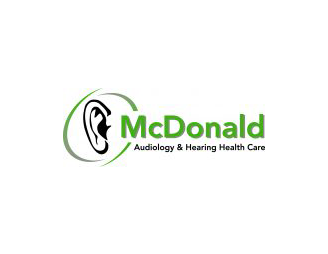Hearing aids have gone through numerous iterations in their 200-plus year history. The technology that is utilized in hearing aids has historically been developed as a consequence of a committed scientist who is either affected by hearing loss or has a friend or family member affected by hearing loss. For example, Alexander Graham Bell’s mother had serious hearing loss and his wife was deaf.
Here are 10 other little-known facts about hearing aids:
1. Through state of the art technology like Bluetooth, hearing aids can be synced wirelessly with MP3 players, TVs, smart-phones, and other electronic devices, allowing the user to enjoy direct signals from each of these devices.
2. Hearing aids are not one size fits all – as a matter of fact, they can and should be programmable. This indicates they have the potential to recall the most comfortable configurations for the user, often readjusting in real time to the immediate environment.
3. Digital hearing aids – a recent advance — have drastically lowered the frequency of pesky feedback, echoes, and background sounds. These were par for the course as part of outdated technologies, and they made listening much more difficult.
4. Hearing aids have the capability of improving upon and clarifying sound, as well as making it louder for the user.
5. When used in conjunction with special induction or hearing loops, hearing aid users can more clearly hear notifications in public locations, conferences, airports, stadiums, and other crowded areas. This technology enhances sounds and minimizes all the background noise.
6. Hearing aids were once only manufactured in beige and similar colors to match the color of people’s skin, so that they were not easily identifiable. Today, users are welcoming their hearing aid technology, wearing assorted colors and patterns to flash their devices and stick out in a crowd.
7. Likewise, hearing aids are more compact than at any other time. They used to be massive, cumbersome contraptions that weighed several pounds and barely amplified sound. Today, they only weigh a few ounces and provide far superior sound quality.
8. Today, you can purchase water resistant and waterproof hearing aids to more readily fit in with your lifestyle. Water resistant hearing aids can withstand low levels of humidity and moisture, while waterproof hearing aids can withstand higher levels of moisture during showering and even swimming.
9. Instead of having to frequently replace the batteries in hearing aids, many are now made with rechargeable technology to cut down on upkeep costs.
10. Hearing aids are not only for the hard of hearing — individuals suffering from tinnitus can often obtain relief from the constant ringing with the special tinnitus therapy components contained in many hearing aids.
Now that you learned some interesting tidbits about hearing aids and their associated technology, you can better understand what they have to offer the young and the old alike.

